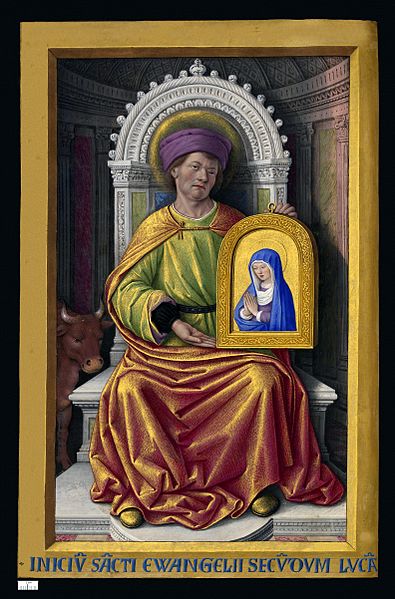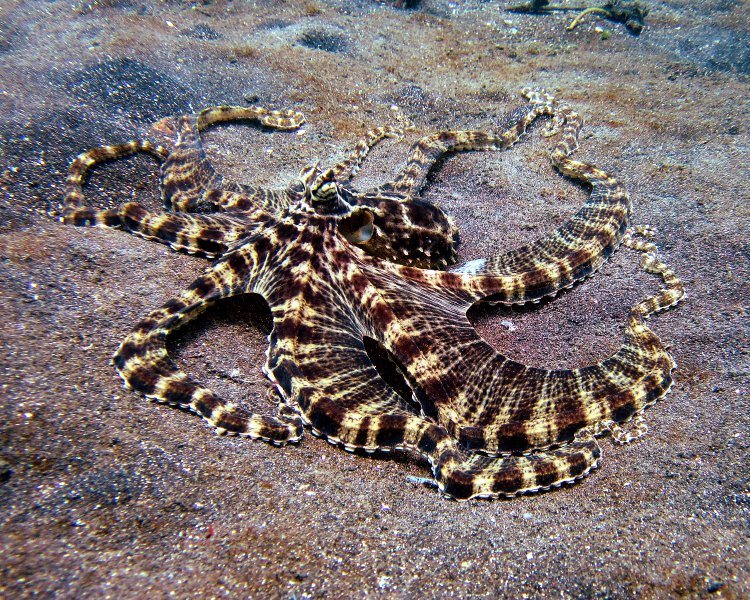We just learned about the Schwerin Castle.
Another famous castle is Castel del Monte in Andria Apulia Italy, built in 1240 by Holy Roman Emperor Frederick II, .
This castle is very different because it is octagon shaped, with eight sides and eight towers.
Some people believe there used to be a large curtain wall going around the outside of the castle.
The castle wall is 82 feet high, and the sides of the octagon are 54 feet wide.
It is a little different that there is no moat and no drawbridge.
There are only 2 entrances, one fancy one in the front, and a simple one in the back for servants.
It is very famous in Italy, and is on the one cent Italian Euro coin.




(from: wikipedia - castel del monte, apulia)
Kid Facts - Blast from the past: Ontario










